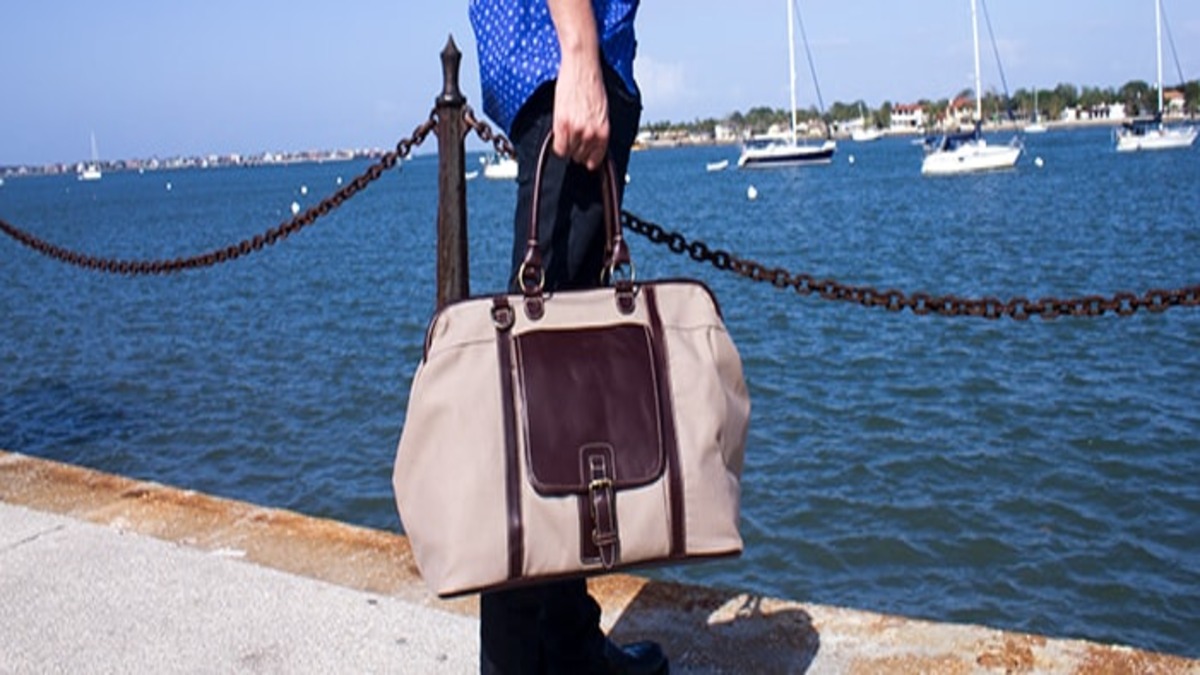Introduction to Tica Leather and its Sustainability
For good reason, Tica leather is making waves in the fashion world. As more consumers seek sustainable alternatives to traditional materials, is a remarkable option combining luxury with eco-friendliness. This innovative material offers style and promotes ethical practices within the industry. Imagine sporting accessories and clothing that look great and contribute positively to our planet. It’s time to dive into what makes a greener choice for those who care about their impact on the environment while staying chic and trendy. Let’s explore this exciting evolution sustainably!
The Methodology Behind Tica Leather Production

Tica leather is produced using innovative and eco-friendly techniques. The process begins with carefully sourcing raw materials, ensuring they are derived from sustainable practices. This commitment to the environment sets Tica Leather apart.
The tanning process utilizes non-toxic chemicals that minimize environmental impact. Traditional tanning often relies on harmful substances, but Tica’s methods promote a cleaner alternative.
Moreover, water usage is significantly reduced in production. Advanced technologies recycle water during the manufacturing stages, which conserves precious resources.
Artisans play a vital role in crafting each piece of goods. Their skill enhances quality while supporting local economies and preserving traditional craftsmanship.
This thoughtful approach results in high-quality products and fosters a culture of sustainability within fashion industries worldwide. As consumers become more conscious, the methodology behind Tica leather stands out as an example worth following.
Benefits of Choosing Tica Leather over Traditional Leather
Choosing Tica leather brings many advantages, especially for the eco-conscious consumer. Unlike traditional leather, is produced using innovative techniques that prioritize sustainability.
One significant benefit lies in its sourcing. is derived from natural materials and often utilizes plant-based dyes. This reduces harmful waste and promotes a lower carbon footprint throughout production.
Durability is another standout feature.is impressively resilient against wear and tear, ensuring that items crafted from it maintain their quality over time.
From an aesthetic perspective, offers unique textures and colors not commonly found in conventional leathers. Each piece tells its own story through distinct grains and patterns.
Furthermore, Tica Leather supports brands committed to ethical practices. By choosing this material, consumers actively contribute to a more sustainable fashion industry while enjoying stylish options.
Challenges Faced by Sustainable Fashion Brands
Sustainable fashion brands encounter numerous hurdles in their quest to redefine the industry. One major challenge is sourcing eco-friendly materials without compromising quality or aesthetics. This often results in higher production costs.
Additionally, consumer awareness and education are essential yet lacking. Many shoppers still need to learn about the benefits of sustainable choices like leading to hesitation when purchasing.
Supply chain transparency poses another significant obstacle. Brands strive for ethical practices but may struggle to verify that every link in their supply chain adheres to sustainability standards.
Moreover, competition from fast fashion remains fierce. Lower price points and rapid trends can overshadow the value of investing in sustainable alternatives.
Marketing these products effectively requires creativity and innovation. Communicating a brand’s mission while appealing to consumers’ preferences is no easy task for any sustainable label.
How Consumers Can Contribute to the Sustainability of Tica Leather
Consumers play a vital role in promoting the sustainability of. By choosing products made from this eco-friendly material, shoppers strongly message brands about their values.
Educating oneself on the sourcing and production processes can enhance informed purchasing decisions. Understanding where and how Tica leather is produced allows consumers to support ethical practices genuinely.
Caring for items made from Tica leather significantly extends their lifespan. Routine maintenance helps reduce waste by ensuring that these fashionable pieces remain beautiful for years.
Additionally, sharing experiences with friends and on social media amplifies awareness about sustainable fashion choices. Advocating for transparency in manufacturing can encourage more brands to adopt similar practices.
Engaging with local Tica leather artisans fosters community growth while supporting sustainable livelihoods. Embracing such connections strengthens the bond between responsible consumption and environmental stewardship.
Future Outlook for Sustainable Fashion Industry with Tica Leather
The future of the sustainable fashion industry looks promising, with Tica leather paving new pathways. As consumers become more environmentally conscious, demand for eco-friendly materials is rising.
Tica leather offers a unique blend of luxury and sustainability. Its production methods minimize waste and reduce environmental impact, making it an attractive option for forward-thinking brands.
Designers are already exploring innovative ways to integrate Tica leather into their collections. This change meets consumer expectations and aligns with broader ecological goals.
With technological advancements, further improvements in the production process are likely. Enhanced techniques lead to even lower emissions and greater resource efficiency.
As awareness grows around ethical fashion choices, Tica Leather positions itself as a frontrunner. The potential for collaboration between brands dedicated to sustainability holds much promise for reshaping our wardrobes responsibly.
Conclusion
Tica leather represents a revolutionary step towards sustainability in the fashion industry. As consumers become increasingly aware of their choices, Tica leather stands out as an eco-friendly alternative to traditional leather. This innovative material boasts durability and versatility and embodies ethical production practices that resonate with today’s conscientious shoppers.
The journey toward more sustainable fashion is ongoing, and each choice matters. By selecting Tica leather products, consumers contribute to a more significant movement promoting environmental responsibility. The future looks promising for Tica Leather as it continues gaining traction among brands prioritizing style and sustainability.
As we embrace these changes, it becomes clear that our collective efforts can shape a greener future for the fashion industry—where materials like Tica leather thrive alongside consumer demand for environmentally friendly options. Together, we can pave the way for a stylish yet responsible approach to fashion that benefits everyone involved.




